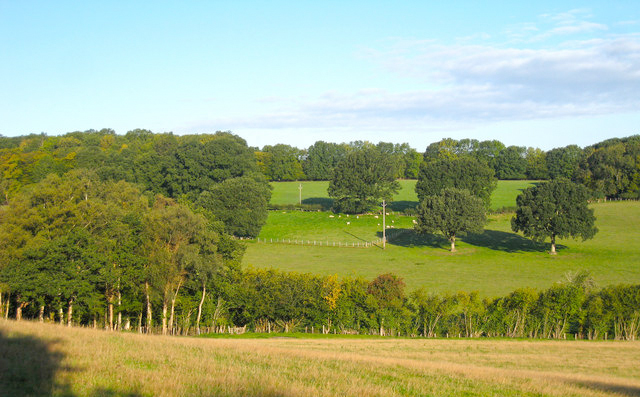
A new briefing and map published by The Campaign to Protect Rural England (CPRE) highlights major new threats to England’s Green Belts.
The threats include proposals for over 80,000 new houses, new roads, open cast coal mines, airport expansion, golf courses and industrial parks – amounting to the development of a new town greater than the size of Slough over the next twenty years.
The publication of the map and briefing paper comes two years after the Government’s pledge to ‘maintain protection of the Green Belt’.
Download the Green Belt threats map: http://www.farminguk.com/KnowledgeCentre/Green-Belt-Threats-map_208.html; and the Green Belt briefing: http://www.farminguk.com/KnowledgeCentre/Green-Belt-Under-renewed-threat-_209.html.
In July 2010 Secretary of State for Communities and Local Government, Eric Pickles, announced that he would abolish regional planning, so that local people could better protect Green Belts around towns and cities across the country. However, the CPRE has said the level of threat remains.
New national planning policies require local authorities to allocate more than five years’ worth of building land for new housing.
In many cases it appears that Government Planning Inspectors are putting pressure on local authorities to allow building in the Green Belt to meet this requirement. Government plans to reduce further national planning guidance could lead to Ministers no longer scrutinising major proposals for development in the Green Belt.
“The Green Belt is the most popular planning policy in England and the envy of the world. It helps regenerate our cities and stops them sprawling into rural areas. As a result, no one is ever too far from true, green English countryside" said Paul Miner, Senior Planning Officer for CPRE.
“In times of economic slowdown, politicians can sometimes be tempted by the false promise of an easy construction boom. But destroying the countryside is not the path to lasting economic prosperity. Sustainable economic improvement can only come from the sort of urban regeneration that has already done much to rejuvenate many of our largest cities.”
Building on the Green Belt is often justified by claiming that there is a shortage of other land available for development, such as previously developed ‘brownfield’ land. However, Government figures show that the amount of brownfield land becoming available for re-development is far outstripping the rate at which it is being used and there is enough available for 1.5 million new homes.
The CPRE urged Ministers to 'stick to their commitments to protect the Green Belt,' by monitoring major planning applications in the Green Belt as well as the proportion of new housing on brownfield sites.
“Ministers have consistently maintained that they value the Green Belt and want to see it protected. Now is the time to put these words into action" said Paul Miner.
